What is it that makes Italy such a powerhouse of design? Did it start with the Italian renaissance or was it the 20th century greats who gave it the respect it commands today?
A design historian will perhaps get completely overwhelmed trying to find the right answers to these questions. But what is most certain is the leadership that Italy enjoys when it comes to design and its fundamental association with the craftsmanship that emerged in ancient Italy. Italian design, now synonymous with luxury objects of desire covers every form of industrial design including product design, interior design, fashion design and architecture.
The coach building traditions of Italy, perhaps the most well known area of overlap between celebrated Italian artisanship and premium consumer products, prospered throughout the twentieth century despite the advent of the mass manufactured cars. Design collaborations between coach builders and automobile manufacturers have resulted in iconic premium cars. The work done by Pininfarina, the famous coach builder established in the 1930s for Ferrari is stuff of legends.
Another celebrated ‘Design Factory’ from Italy is the famous kitchenware brand called Alessi. Established in 1921 by Giovanni Alessi, the firm began as a workshop in the Italian Alps near Switzerland. This area was well known for its tradition in making small domestic objects of wood and metal, a tradition that survives till day. Alessi started with producing a wide range of tableware items in nickel, chromium and silver-plated brass. The company’s intention was to produce hand crafted items using machines. Alessi is best known for its invention of the first home espresso maker and using a humorous design take on everyday objects for the kitchen.

Alberto Alessi, the incumbent Director of design management has helped make the brand stand for its unique creative excellence. Alessi collaborates with over 200 designers worldwide to experiment with what could be called a ‘borderline poetic approach to design of everyday objects’.
With qualities such as sensibility, intuition and willingness to accept a bit more risk becoming more and more rare in the industrial culture today, Alberto sees himself more of a mediator between ‘the best possible expressions of product design from all over the world and the final customer’s dreams’.
The uniqueness of Alessi’s approach is perhaps best summed up when Alberto draws parallels between Alessi’s method and that of Picasso’s. He says, ‘imagine Picasso waking up in the 1920s on a nice, sunny morning in a village on the Côte d’Azur and feeling strongly the wish – the need – to start painting. So he starts painting. But he’s not asking himself, “To what target customer will I address my new painting?” Picasso shows us a completely different approach: starting from yourself, as a creator, and using your sensibility and your intuition in order to touch other people’s hearts or sensibility or intuition. And by the way, he also built an interesting business!’
-
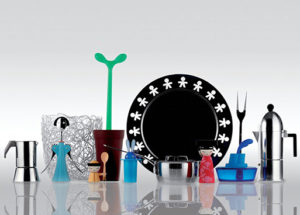
An assortment of Alessi products in various materials. The ‘Design Factory’ is famous for its humourous approach to design of everyday kitchen objects.
-

Alberto sees himself more of a mediator between ‘the best possible expressions of product design from all over the world and the final customer’s dreams’.
-
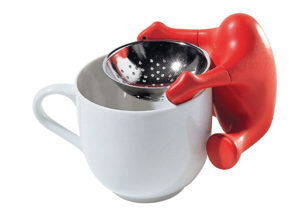
Tea strainer from Stefano Pirovano creates surprise at the first look in a typical Alessi fashion.
-
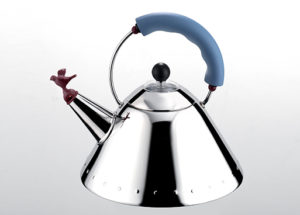
The Graves Kettle, designed by Michael Graves for Alessi. The little bird at the spout whistles when the contents boil.
-
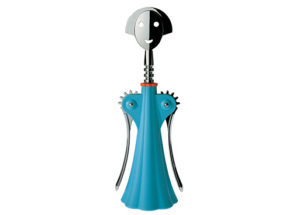
Anna corkscrew for Alessi by Alessandro Mendini. Mendini played a very important part in shaping Italian design.
-
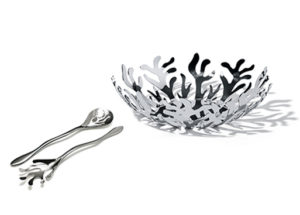
Alessi Mediterrano fruit basket and salad set. This unique form language has now evolved in a full family of products.
-
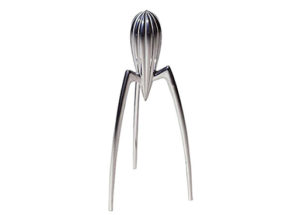
The Juicy Salif by Philippe Starck. Starck’s design exercise was a response to the Alessi brief of designing a steel tray!
